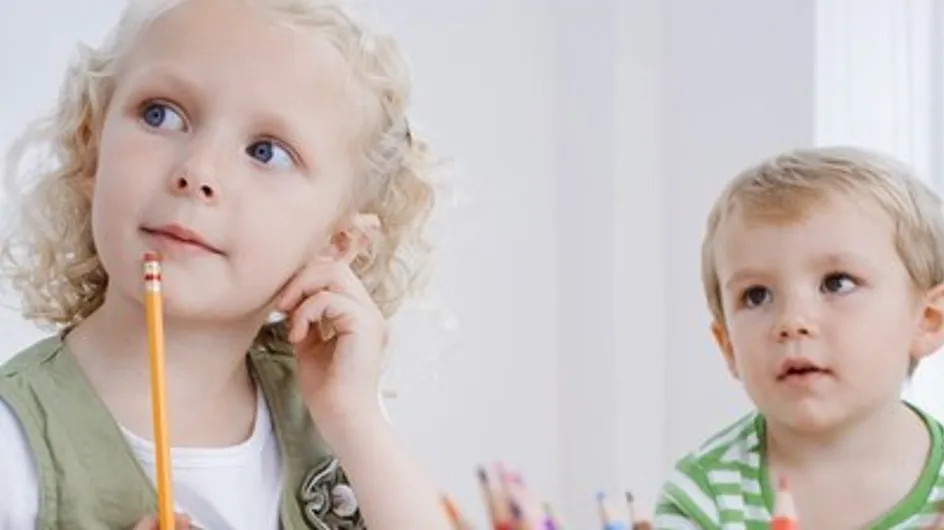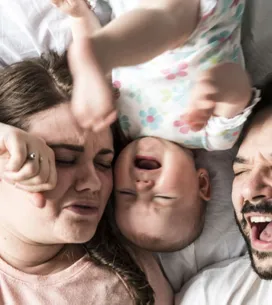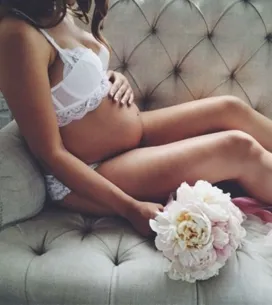Why interpret children’s drawings?
Drawing is in the same field of expression as play and speech. Children who draw are happy children. They express their fears, joys, dreams, pain etc through drawings, and also give you leads about their relationships to the world and to other things. Drawing is an outlet for communication and children's artwork represents a view of their personalities. It is rare for children not to draw; this can be a reflection of trauma.
Choice of paper and colours
Children do not choose their tools by chance. When they have a choice they will lean towards a certain type of paper or pencils. This choice reveals mood and personality. For example, pencils with wide, fat points are favourites with determined children, while children who have more difficulty expressing or asserting themselves prefer pencils with a fine point. The size of the sheet of paper chosen is a good indication of the place a child wants to occupy in general life. The bigger the sheet is, the more the child wants to show themselves off, while choosing a smaller sheet of paper shows that a child has good concentration.
Interpretation of repetition
When children draw they feel free to express themselves, to transmit strong messages, positive and negative, and also things of no great importance. So don’t make hasty conclusions! Analysis of drawings is done through repetition of elements like colour, shapes and recurring details which point to meanings.
Speaking about your child's drawings
Don't get ecstatic about every drawing your child produces. According to experts, children are not necessarily looking for compliments. What they want is to talk about their drawing, so ask questions about the details in the picture and discuss it. If your child doesn't say anything, don't insist: the picture is not important.
A few signs
The analysis of children’s drawings should be done by specialists; nevertheless there are some signs that may suggest a problem:
- If you get recurring feelings of unease from the drawings
- If certain parts of figures are always missing
- If eyes squint or are hollow
- If crossing out is abnormal
- If there is excessive darkening
- If the drawings are tiny or confined to a small space
- If a child always refuses to draw or to describe drawings
- If the same drawings are repeated within a month
- If figures are empty
- If shapes are not closed
Contrary to popular belief, violent scenes or the appearance of genital organs are not necessarily worrying signs, as long as they are not repeated obsessively.













